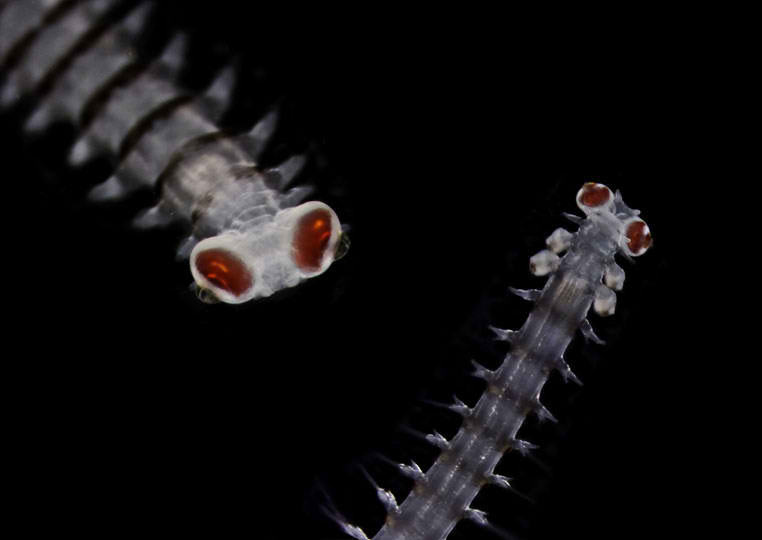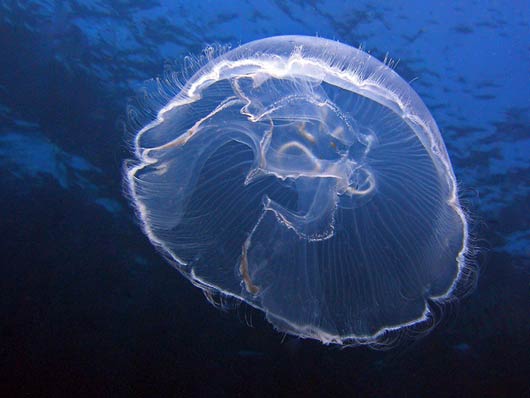christmas tree worms fun facts They are an easy spot for divers as they do not move. Christmas Tree worms can disappear in milliseconds.
Christmas Tree Worms Fun Facts, Christmas tree worms do not have many predators but since they use their plumes for sustenance as well as respiration they cant afford to take any risks. Up to two-thirds of the worm is attached to the coral when its feathers are obvious. The worm is so called not because they feed on fig trees but because they look like them.
 Harry Potter Honeydukes Candy Buffet For 30 Kids The Labels And Some Unique Candy Choices Trul Harry Potter Candy Harry Potter Theme Party Harry Potter Bday From pinterest.com
Harry Potter Honeydukes Candy Buffet For 30 Kids The Labels And Some Unique Candy Choices Trul Harry Potter Candy Harry Potter Theme Party Harry Potter Bday From pinterest.com
Reproduction happens with the help of currents. They spend their whole life on the same coral. Up to two-thirds of the worm is anchored in the coral when its plumes are visible.
Sign in Contact Us.
They spend their whole life on the same coral. Well the Christmas Tree worm has two large appendages also known as tentacles or gills These appendages filter out the phytoplankton in the water and send it down the spirals into their mouth. Up to two-thirds of the worm is anchored in the coral when its plumes are visible. These worms use their radioles to catch phytoplankton and then pass the food to the worms mouth. Christmas Tree Worm Facts.
Another Article :

Purple Spikes Sea Slug Sea Life Sea Creatures They really look like tiny colorful trees. They arent very big averaging about 38 centimeters in length. Christmas tree worms come in a variety of bright colors. Christmas Tree Worms fir tree like appendages are also used for respiration collecting oxygen from the currents. They spend their whole life on the same coral.

Ocean S Smallest Weirdest Creatures Weird Creatures Oceans Of The World Creatures Next time you see S. Christmas tree worm is the common name for a marine worm that lives on tropical coral reefs around the world. They typically re-emerge a minute later very slowly checking for safety before once again fully expanding. Christmas tree worms come in a variety of bright colors. Reproduction happens with the help of currents.

Harry Potter Honeydukes Candy Buffet For 30 Kids The Labels And Some Unique Candy Choices Trul Harry Potter Candy Harry Potter Theme Party Harry Potter Bday They typically re-emerge a minute later very slowly checking for safety before once again fully expanding. They spend their whole life on the same coral. This might be the main factor that made the christmas worm looks very pretty. The Christmas Tree Worm crown comes in a variety of different colors and they grow to about 38 cm 149 in. The plumes are radioles hair-like appendages measuring about 15 inches in length.

Free Printable Harry Potter Quotes The Cottage Market Harry Potter Quotes Harry Potter Birthday Harry Potter Classroom When startled Christmas tree worms rapidly retract into their burrows hiding from would-be predators. To celebrate the holidays were taking a look at a very festive kind of bristle wor. A well looked after Christmas tree can last up to a month however it needs up to a litre of water a day to stay well-maintained. These worms use their radioles to catch phytoplankton and then pass the food to the worms mouth. On this episode of Animal Fact Files discover some festive invertebrates who have thing for coral.

Pin On Ocean Life Sharks The Christmas tree shape shown in the image is the animals radioles which can be up to about 1 12 inches in diameter. Animal Fact Files Patreon Supporters get early access to. Christmas Tree Worms average only about 15 inches in length. The creature remains a particularly fascinating specimen of a tube-building polychaete worm for a specific reason. Christmas tree worm is the common name for a marine worm that lives on tropical coral reefs around the world.

Pin On Ocean Life Sharks On this episode of Animal Fact Files discover some festive invertebrates who have thing for coral. 10 facts about Christmas tree worms. Christmas tree worm is the common name for a marine worm that lives on tropical coral reefs around the world. The creature remains a particularly fascinating specimen of a tube-building polychaete worm for a specific reason. Up to two-thirds of the worm is anchored in the coral when its plumes are visible.










